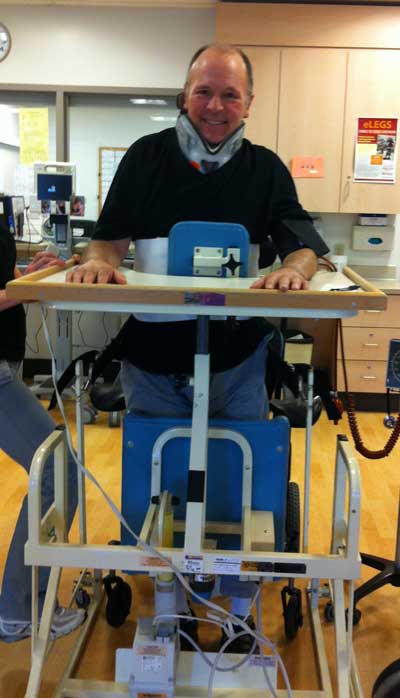Challenges and frustrations
You might think that navigating the health care system with a disability would bring significant challenges. But, in fact, that hasn’t been the case for Anne and me. I still see Dr. Singh from time to time, along with my primary care physician. We are fortunate to live in an area with several great health care networks in addition to the Good Shepherd Rehabilitation Hospital.
Other aspects of life, however, do come with new restrictions.

If you think air travel is difficult these days, try doing it in a wheelchair. My caregiver and I could always get seats right behind the first-class bulkhead, which gave us more legroom. But I was always the last one off. And, occasionally, baggage handlers would send my wheelchair to baggage claim instead of leaving it at the ramp for me.
Another worry was whether the Uber I ordered would be one I could get in and out of. Several drivers simply cancelled my trip when I messaged them that I was disabled, but most were very helpful and accommodating. Finally, while most hotels offer “handicapped” rooms or suites, some are not very wheelchair friendly.
Restaurants vary in their accessibility, too. In some cities, if they are old enough, restaurants are exempt from having to provide handicapped access. I’m not sure how they get away with it, given the Americans with Disabilities Act is a federal law that applies everywhere.
I’ve had to access some dining areas through back doors that led me through busy kitchens. Once, I had to wait while kitchen staff removed a door to make the opening wide enough for my wheelchair. That gives the term “making an entrance” a whole new meaning.